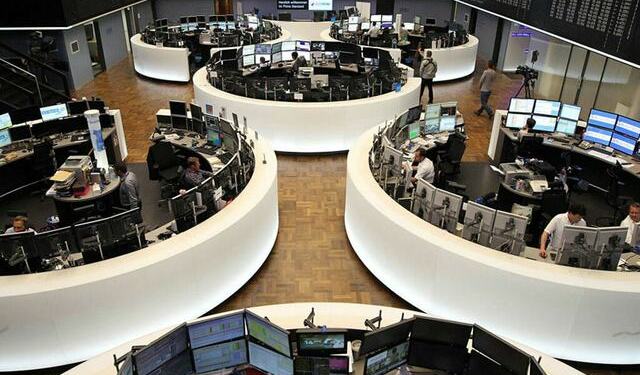The forward curve structure in the Asian styrene monomer market flipped into backwardation Monday, reflecting prompt supply tightness triggered by upcoming SM turnarounds in Asia over March and April as well as the scrapping of a plant in February.
The H2 March/H1 April spread for FOB Korea and CFR China flipped to a backwardation of plus $4/mt Monday, following a swap bid for March/April heard at plus $3/mt, CFR China, Monday morning.
CFR China SM fell $5/mt day on day at $950/mt Monday, but it jumped $70.50/mt last week to $955/mt Friday.
The forward curve last flipped into a contango in mid-December, hit by weaker prompt SM demand in the middle of winter off-peak demand season, plummeting crude oil and benzene prices, and rising SM inventories in China.
TURNAROUNDS, SCRAPPING BOOSTS PROMPT SM
The surge in SM prices last week was attributed to supply tightness and traders’ positions rather than demand, a trader based in Singapore said Monday.
Supply was seen as tight for March onward due to several turnarounds and the scrapping of one plant. But demand has not fully recovered in China, and US-origin SM was seen heading to Asia, the trader said.
The market is set to lose around 222,900 mt of production over February-May as 1.92 million mt/year of its 19.6 million mt/year production capacity shuts for maintenance in Japan, Taiwan and South Korea.
The three regions accounted for 57% of China’s SM imports in 2015, according to China customs.
Supply will also tighten with Asahi Kasei’s permanent shutdown of its 320,000 mt/year SM plant in Mizushima, Japan, in mid-February.
Active short-covering continues to support prompt SM prices, without strong demand recovery, another market source said.
ARBITRAGE REMAINS UNCERTAIN
An uncertainty hanging over the Asian SM market is broader commodity market weakness and volatile crude prices, which could influence SM prices.
China’s economy continues to contract. The National Bureau of Statistics said the January PMI was 49.4, down from 49.7 in December and a three-year low, while Caixin said it was 48.4, little-changed from 48.2 in December and below 50 for six consecutive months.
Increasing US-Asia SM arbitrage volumes are another factor weighing down SM. In 2015, China imported 342,313 mt of US-origin SM, more than double the volume at 152,262 mt in 2014, according to China customs.
The impending restart of Ellba’s POSM-2 unit in Moerdijk, the Netherlands, also indicates that more US SM will likely come to Asia, rather than Europe, where supply tightness is expected to ease.
But seasonally higher demand could lift the Asian SM market.
“Demand will pick up in typical peak demand season in spring,” said a downstream acrylonitrile-butadiene-styrene trader based in South Korea, adding that the Chinese government tends to announce stimulus measures after Lunar New Year that boost manufacturing.



























